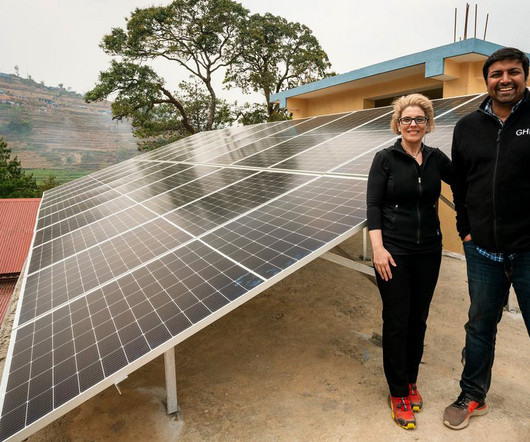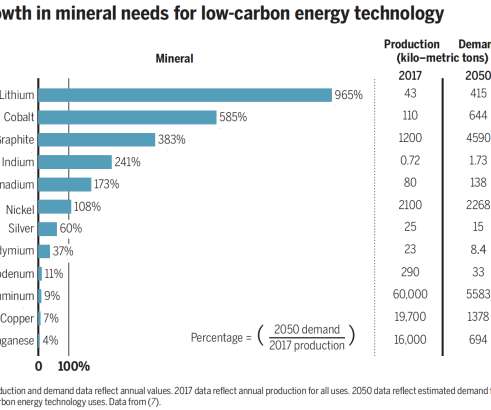Monash “artificial photosynthesis” system achieves in excess of 22% efficiency for production of hydrogen from water
Green Car Congress
AUGUST 11, 2015
A team at Monash University (Australia) has developed an “artificial photosynthesis” system that delivers the highest efficiency reported to date—in excess of 22%—for the solar-driven conversion of water to hydrogen. A paper on the researchers’s work is published in the RSC journal Energy & Environmental Science.









































Let's personalize your content